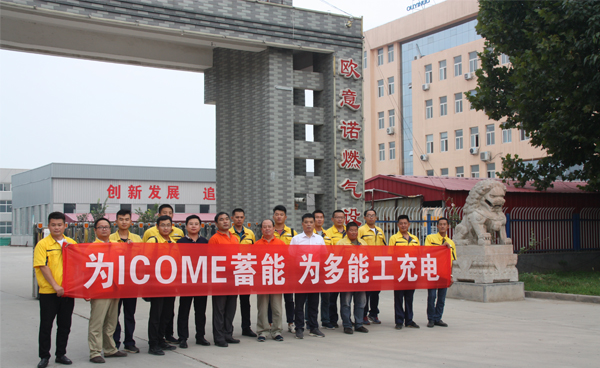
Nov . 07, 2024 21:03
Back to list
Understanding the Functionality of Gas Pressure Regulation Devices for Optimal Safety and Performance
Understanding Gas Pressure Reducers Essential Components for Safe Gas Handling
In the world of gas handling, whether in industrial applications or domestic settings, the efficiency and safety of gas systems are paramount. One of the key components that ensure safe and effective gas usage is the gas pressure reducer. This device plays a critical role in managing and controlling the pressure of gases, making it essential in various applications including welding, heating, and even in laboratories.
What is a Gas Pressure Reducer?
A gas pressure reducer, also known as a pressure regulator, is a device designed to reduce the pressure of gas from a high-pressure source to a lower, more usable pressure. This regulation is crucial because many gases are stored at high pressures, and using them directly at these levels can pose serious safety risks, including leaks, blowouts, or explosions.
How Does It Work?
Gas pressure reducers operate based on a simple principle they balance the pressure between the inlet and the outlet. When gas flows into the reducer, the high-pressure gas enters through the inlet side, where it meets a diaphragm. This diaphragm moves in response to the pressure difference between the input and the desired output pressure. As the diaphragm moves, it modifies the flow path, thus controlling the volume and pressure of the gas that exits the device.
Most gas pressure reducers come equipped with a pressure gauge that displays the output pressure, allowing operators to monitor the pressure in real-time
. Additionally, many models feature an adjustment knob that enables users to set the output pressure to the desired level, providing flexibility for various applications.gas pressure reducer

Applications of Gas Pressure Reducers
Gas pressure reducers are widely used across numerous sectors. In industrial settings, they are crucial for processes such as gas welding and cutting, where precise gas pressures are needed for safety and productivity. In the health care sector, they are used in medical gas systems to ensure that gases like oxygen are delivered at safe pressures to patients.
In the food and beverage industry, gas pressure reducers are employed in systems that use carbon dioxide or nitrogen for carbonation or preservation purposes, ensuring consistent quality in products. Moreover, you can find these devices in laboratories where controlled gas environments are necessary for various experiments.
Benefits of Using Gas Pressure Reducers
The benefits of using gas pressure reducers are manifold. Firstly, they enhance safety by preventing the high-pressure gases from causing harm in case of systems failure. Secondly, by providing a consistent and controlled gas flow, they improve the efficiency of operations. This consistency allows processes to be predictable, reducing waste and increasing productivity. Lastly, by protecting downstream equipment from pressure fluctuations, gas pressure reducers extend the lifespan of these systems, ultimately saving money in maintenance and replacement costs.
Conclusion
In conclusion, gas pressure reducers are vital components in the safe and efficient handling of gases in various industries. Understanding their function and importance not only enhances safety protocols but also ensures that operations involving gases run smoothly and effectively. With ongoing advancements in technology, modern gas pressure reducers are becoming increasingly reliable and user-friendly, ensuring they will continue to play a crucial role in gas management for years to come. Whether for industrial, medical, or domestic applications, the gas pressure reducer remains an indispensable tool in our quest for safety and efficiency in gas usage.
Latest news
-
Safety Valve Spring-Loaded Design Overpressure ProtectionNewsJul.25,2025
-
Precision Voltage Regulator AC5 Accuracy Grade PerformanceNewsJul.25,2025
-
Natural Gas Pressure Regulating Skid Industrial Pipeline ApplicationsNewsJul.25,2025
-
Natural Gas Filter Stainless Steel Mesh Element DesignNewsJul.25,2025
-
Gas Pressure Regulator Valve Direct-Acting Spring-Loaded DesignNewsJul.25,2025
-
Decompression Equipment Multi-Stage Heat Exchange System DesignNewsJul.25,2025

